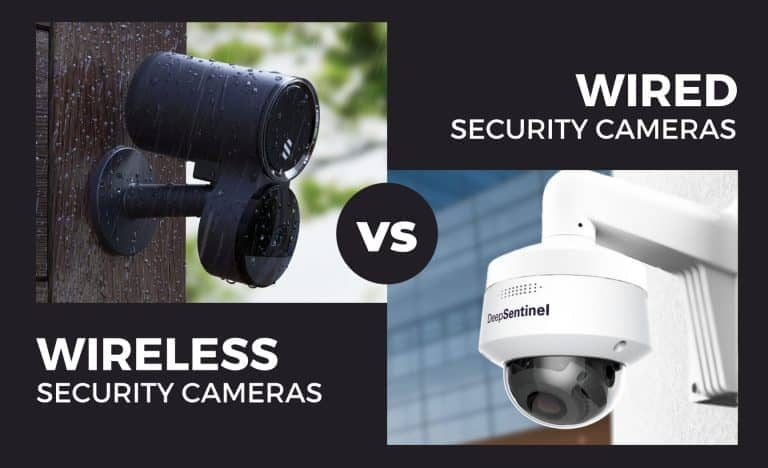Wired vs. Wireless Security Cameras: A Comprehensive Comparison
In today’s world, security is paramount. With the rise in global crime rates, ensuring safety has become a priority for many. One effective way to enhance security is by installing security cameras. But which type of camera is best for you – wired or wireless? Let’s delve into the differences and see why wireless might be the better option.
Wired Camera Systems:
Installation: Requires drilling holes for wires, making it more invasive and challenging.
Mobility: Not easily movable. If you relocate, re-installation is necessary.
Durability: Wires can degrade over time, potentially affecting the camera’s performance.
Limitations: The number of cameras is restricted by DVR input connectors.
Wireless Camera System:
Installation: Simple and non-invasive. No professional assistance typically required.
Mobility: Easily transportable. Ideal for renters or those who move frequently.
Durability: Longer lifespan with easily replaceable sensors and batteries.
Cost: Often more cost-effective considering installation, equipment, and monitoring.
Upgradability: Easy to upgrade with new tech advancements without rewiring.
Connectivity: Can be linked to mobile devices for remote monitoring and smart home integration.
The Advantages of Wireless Cameras:
Ease of Installation: No need for drilling or extensive wiring.
Flexibility: Can be easily moved or repositioned as needed.
Cost-Effective: Lower installation and maintenance costs.
Tech-Friendly: Integrates seamlessly with smart home systems and mobile devices.
Future-Proof: Easily upgradable as new technologies emerge.
Conclusion:
For most homeowners and businesses, wireless security cameras are the way to go. They offer ease of installation, flexibility, and a range of modern features that integrate seamlessly with today’s smart homes. While both systems have their merits, the convenience and adaptability of wireless cameras make them a preferred choice for many. Ensure your safety with the latest in security camera technology.


